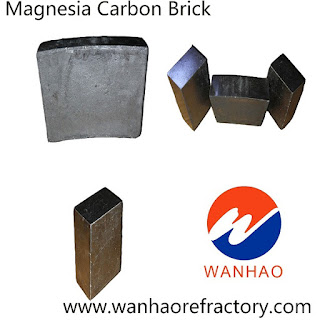Refractories for matte reverberatory furnace

The bottom of the matte reverberatory furnace is mainly affected by the chemical erosion and thermal stress of the molten copper matte and molten slag. Sometimes the joints of the refractory bricks are too large, the masonry is not good, and the matte penetrates into the furnace bottom, which will cause the furnace bottom bricks to float and damage. Multi-layer structure composite furnace bottom is generally used: refractory fiber felt , lightweight refractory bricks , and magnesia bricks are laid on the steel shell and slab surface in sequence. The working lining is generally sintered with magnesia sintered integral furnace bottom or quartz sand sintered furnace bottom (less Used), and has a reverse arch structure. Copper reverberatory furnaces are generally equipped with an electric front bed (electric heating and heat preservation), and are generally built with magnesia bricks or magnesia chrome bricks. Wanhao is a manufacturer who is specialized in designing various kin...


